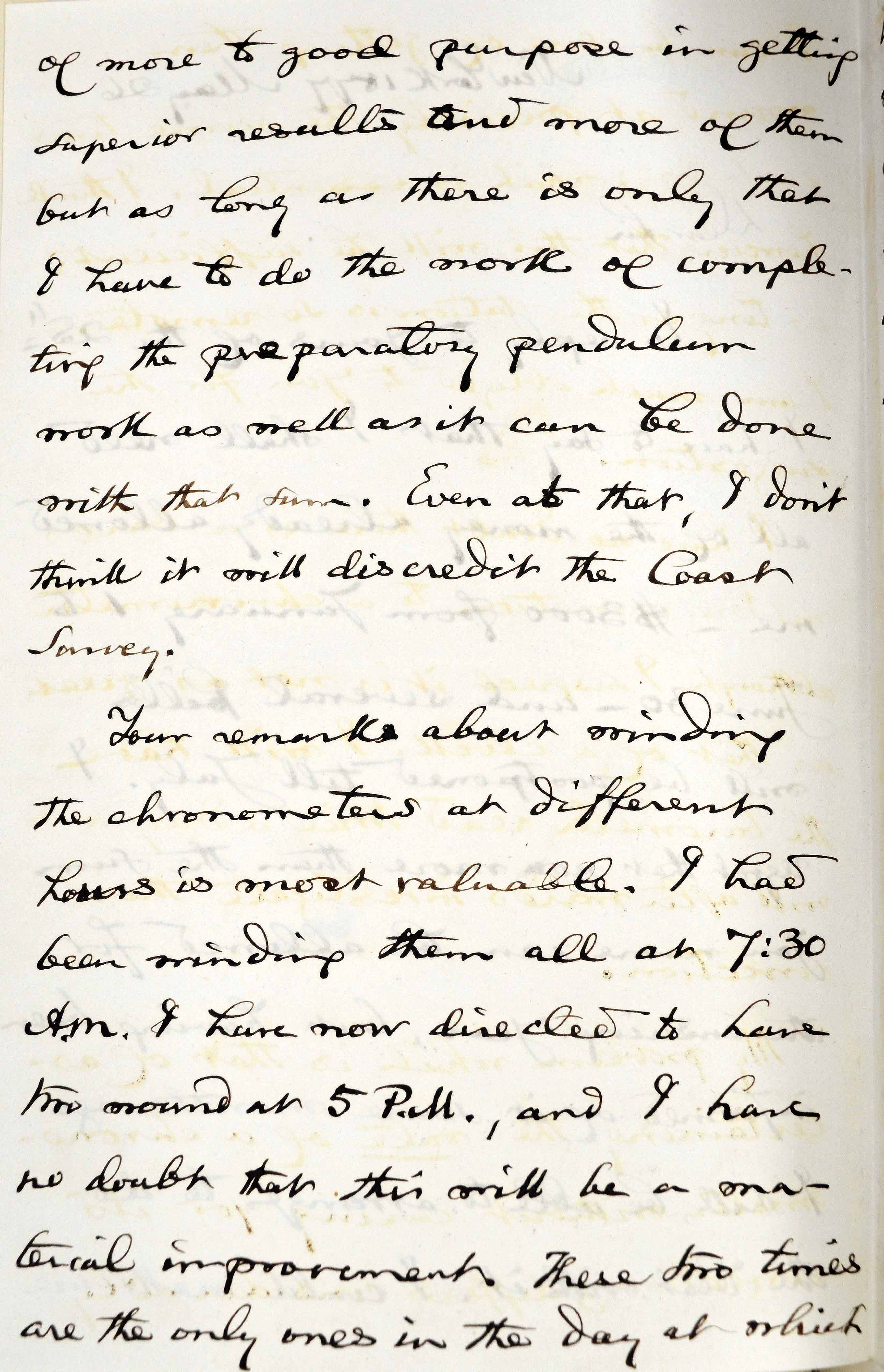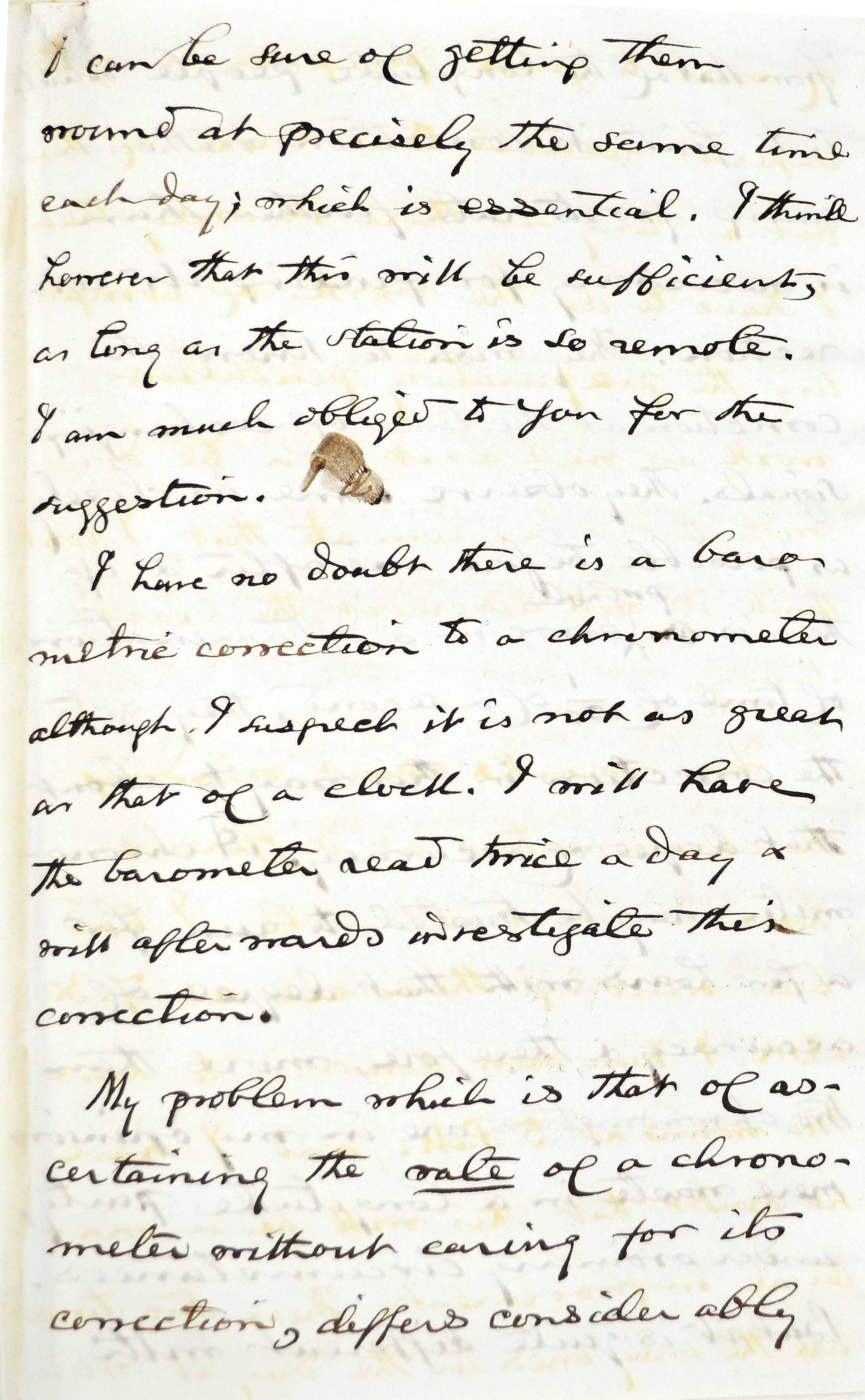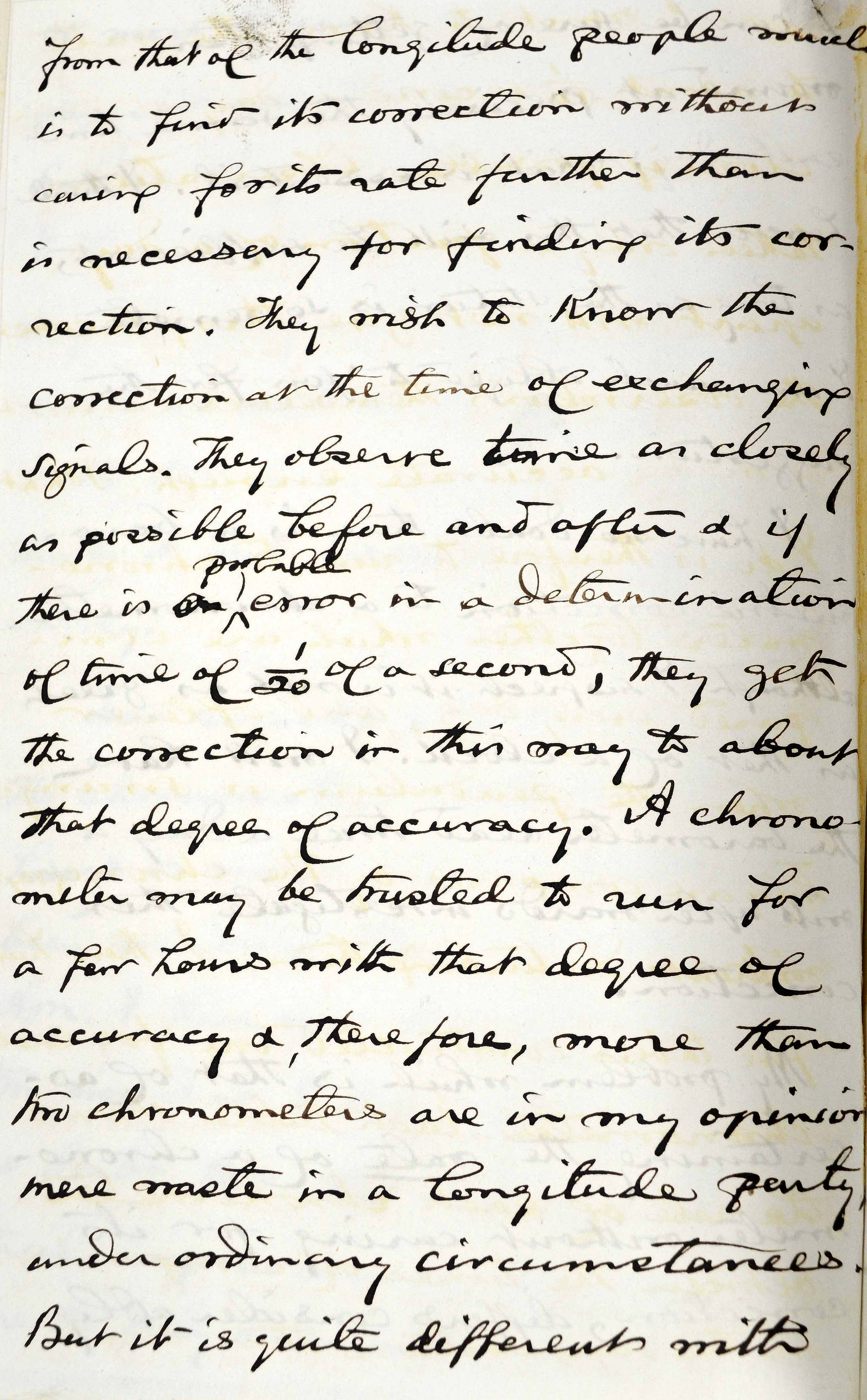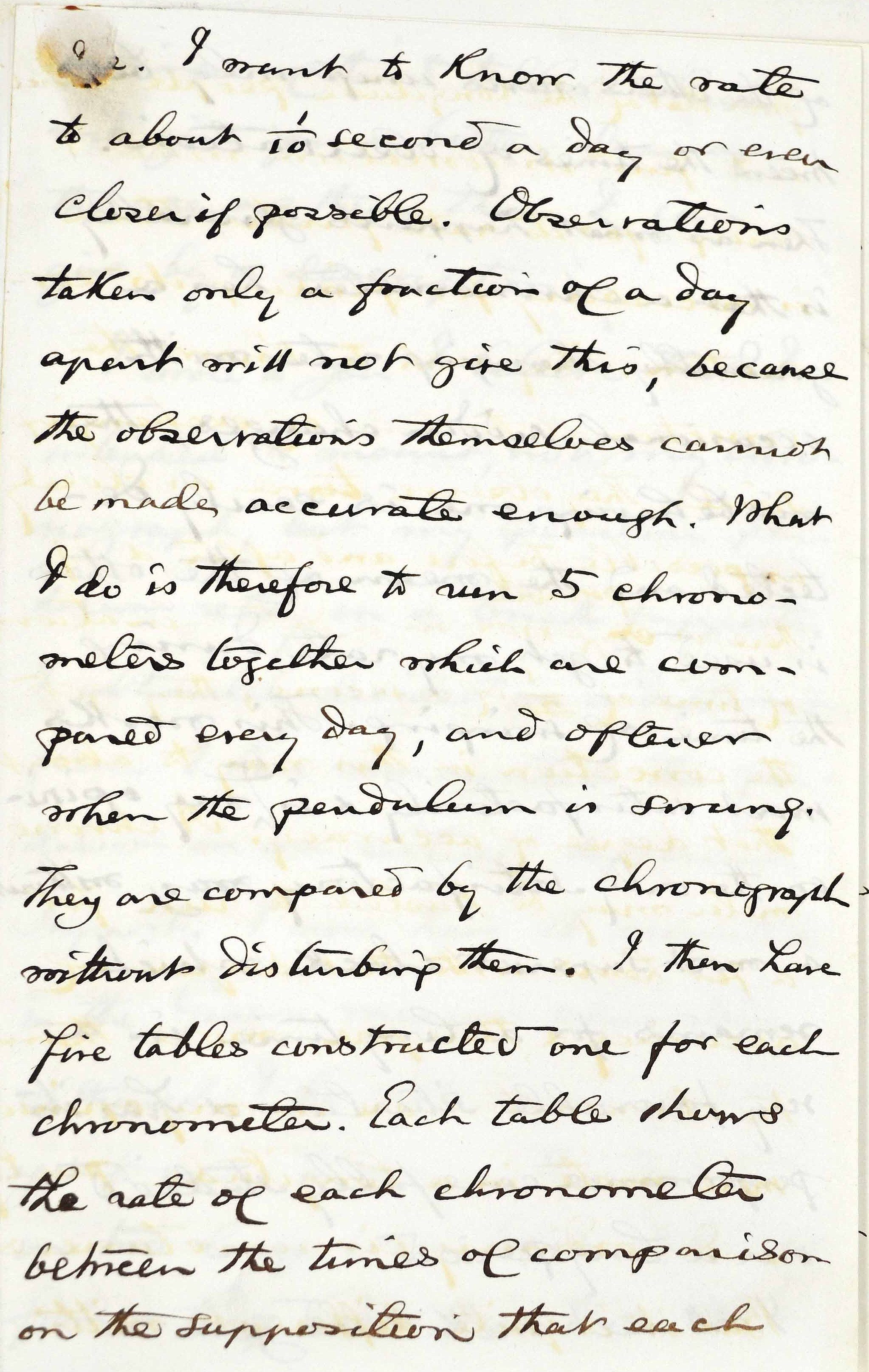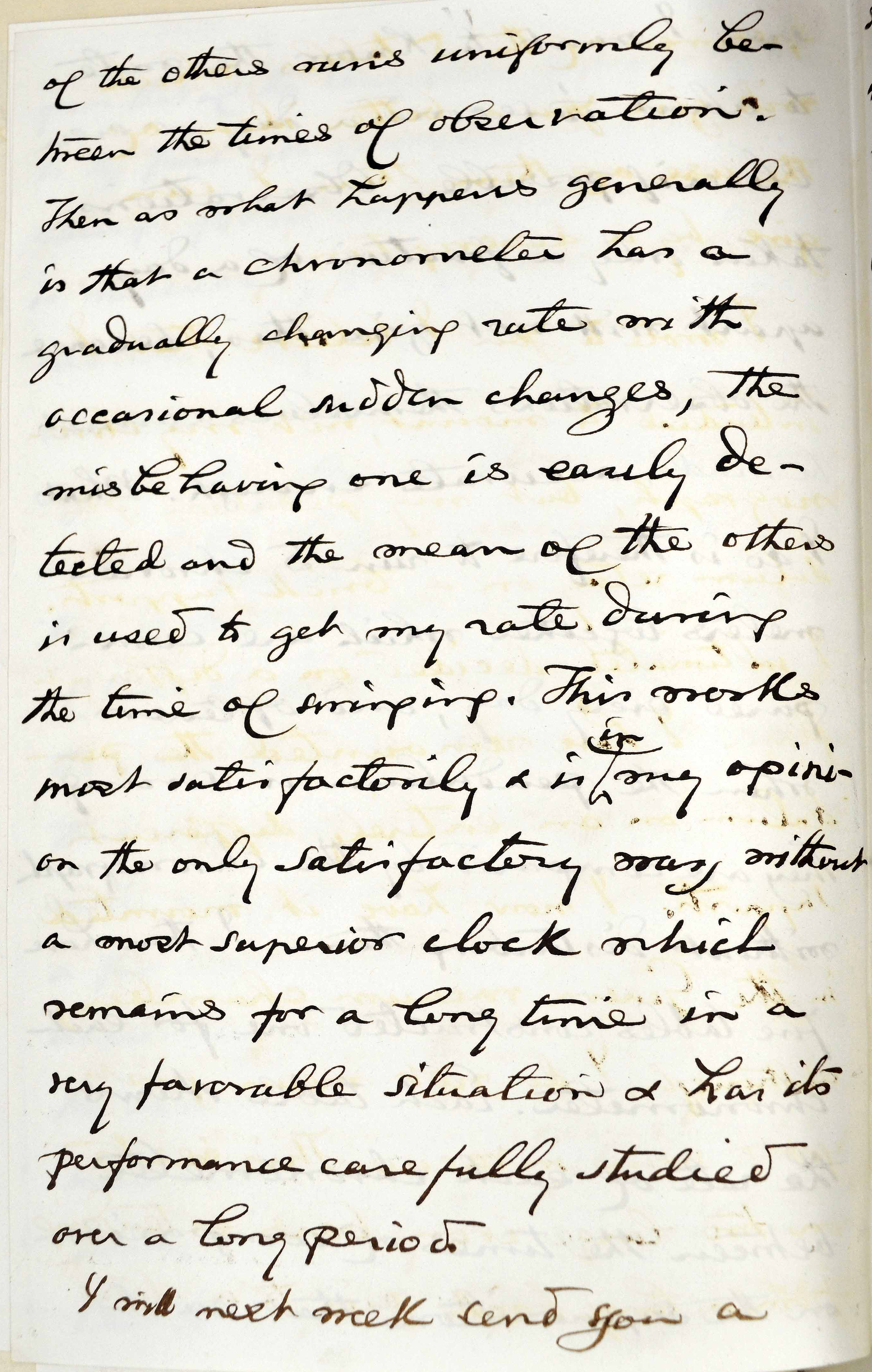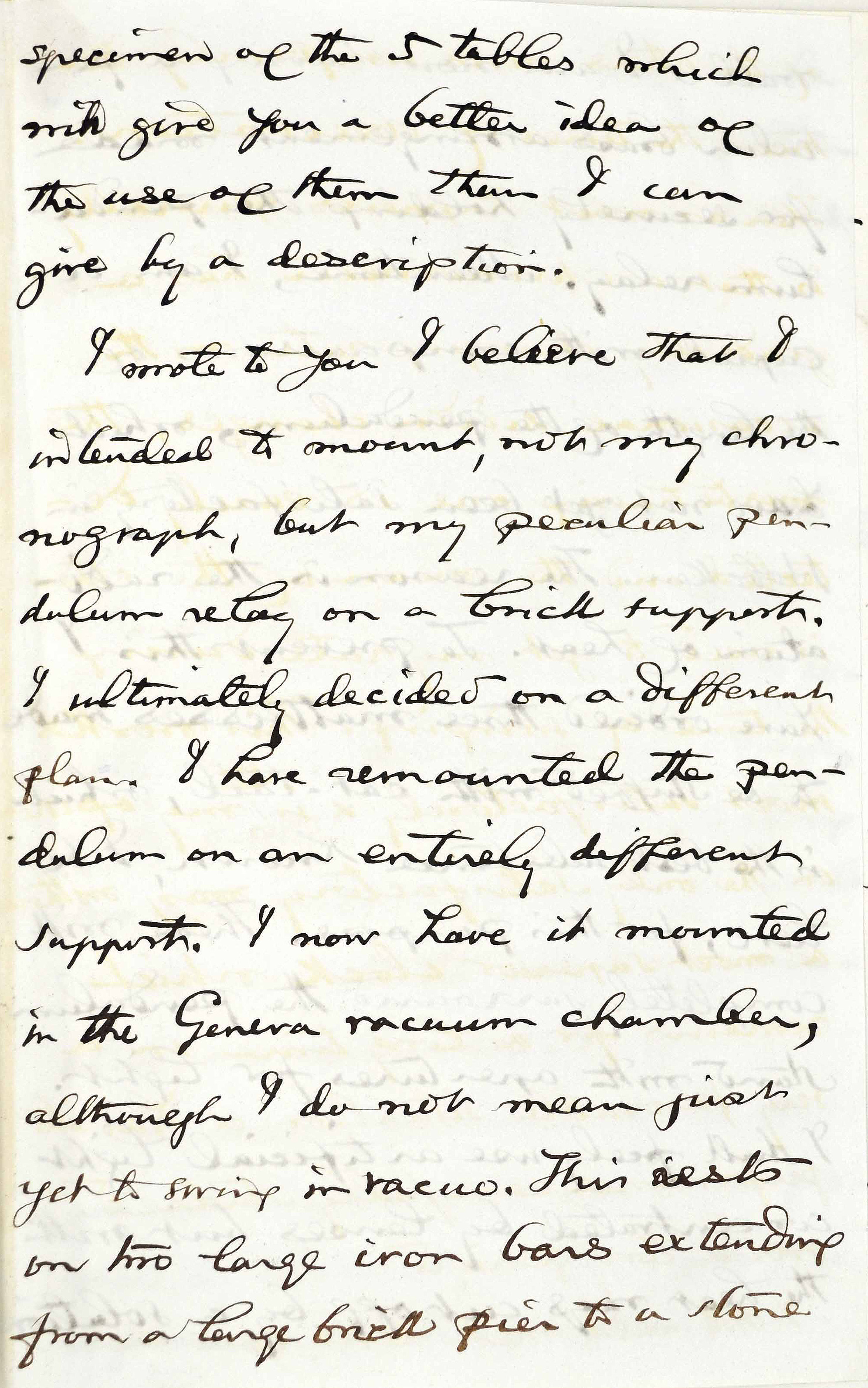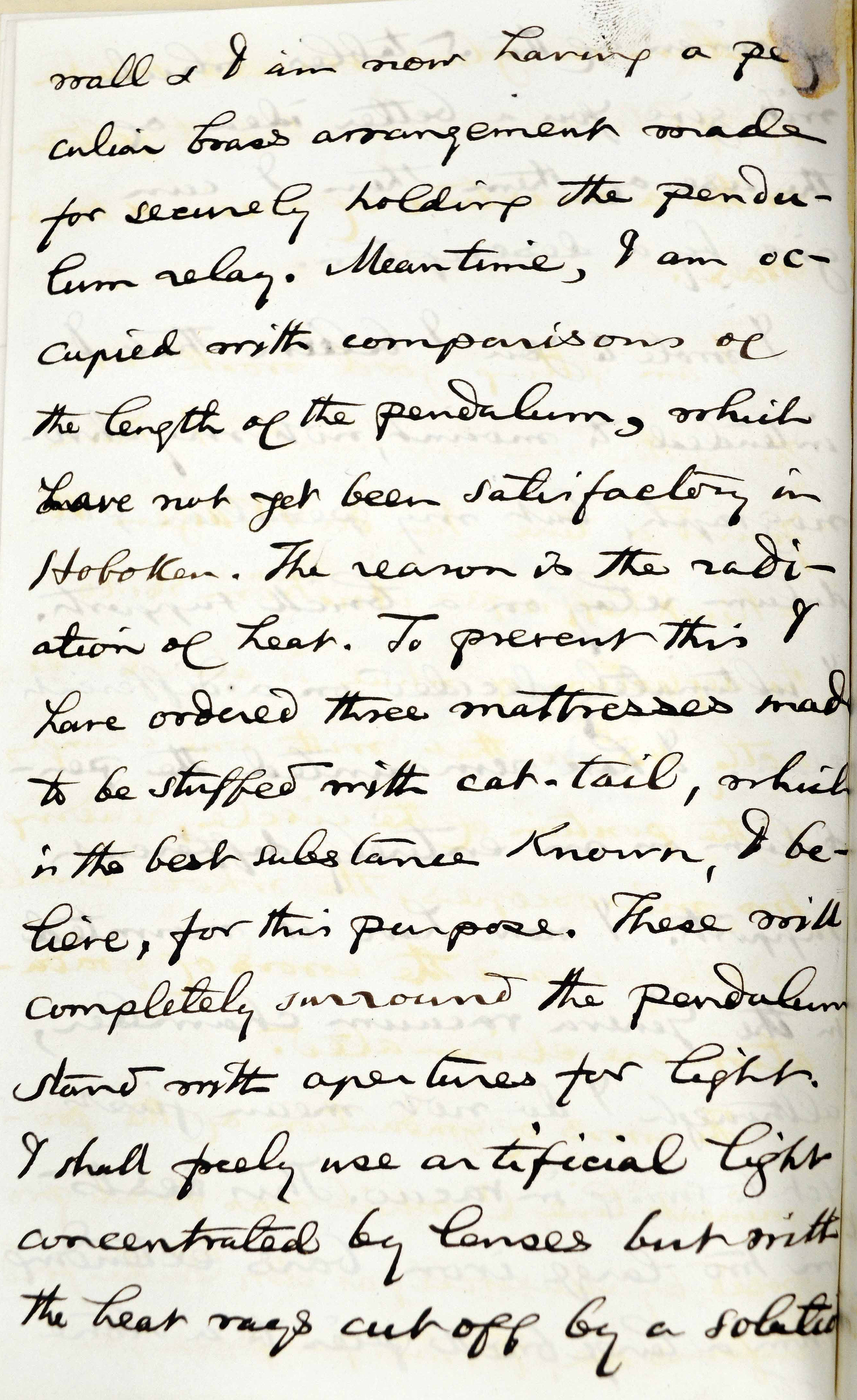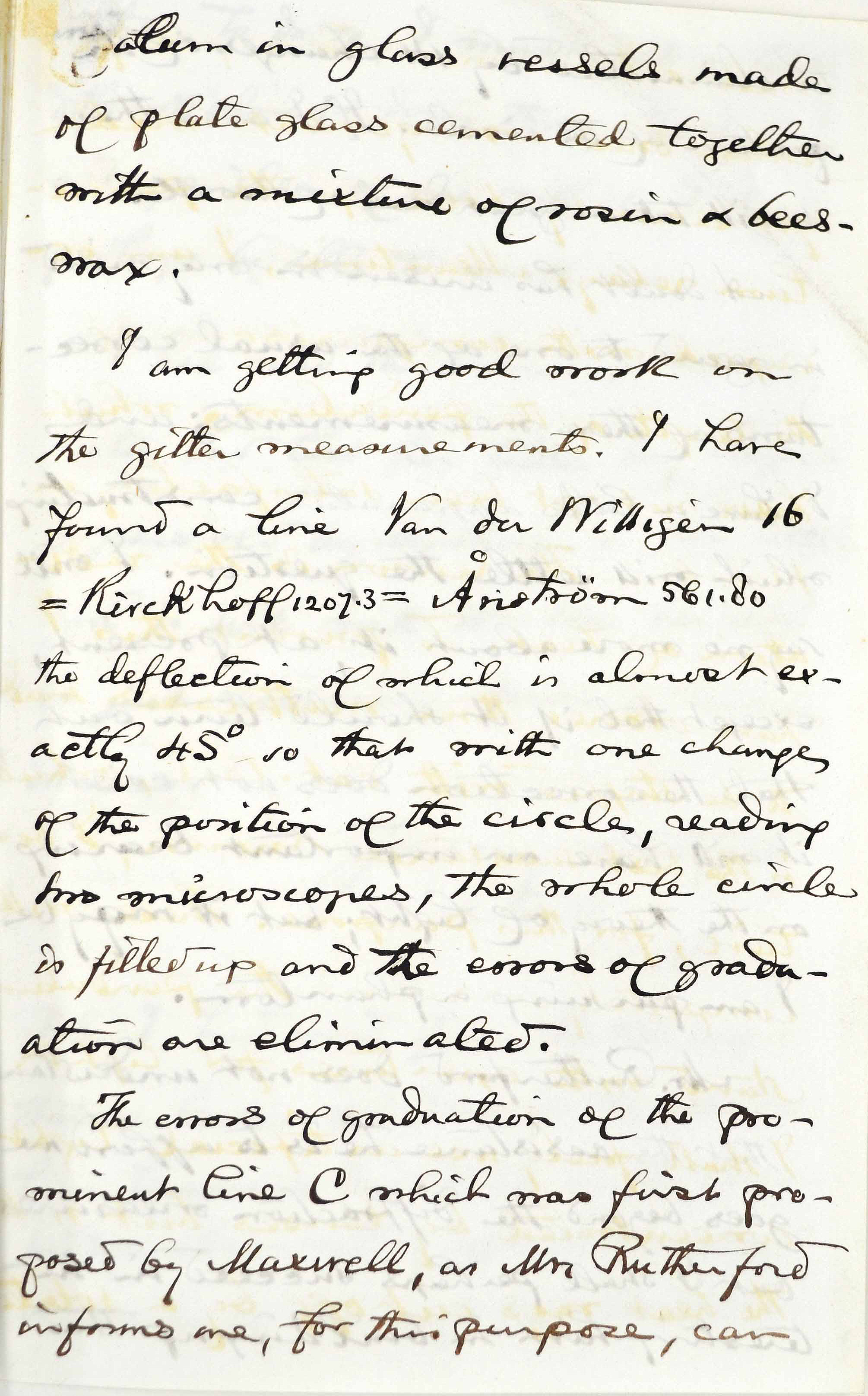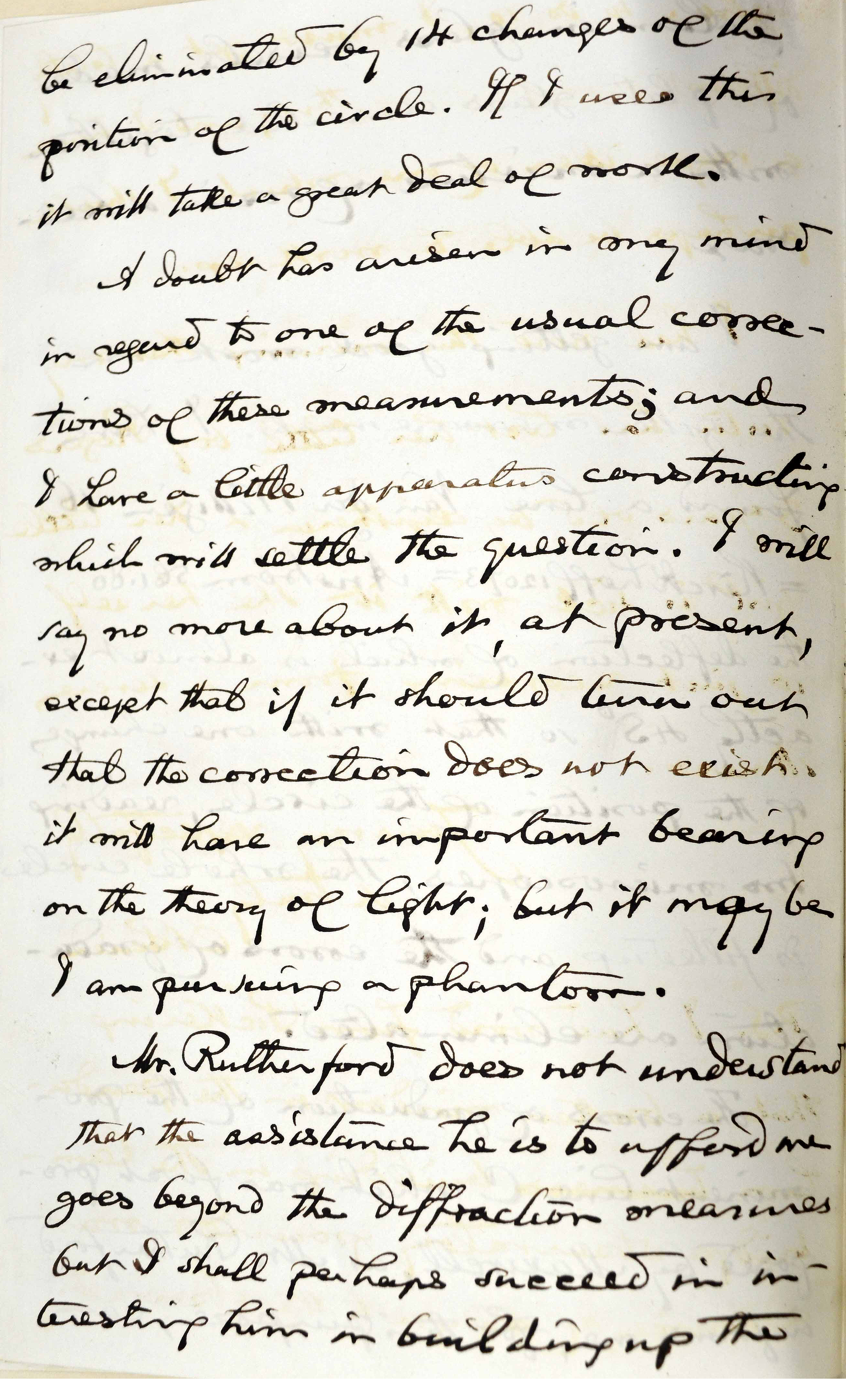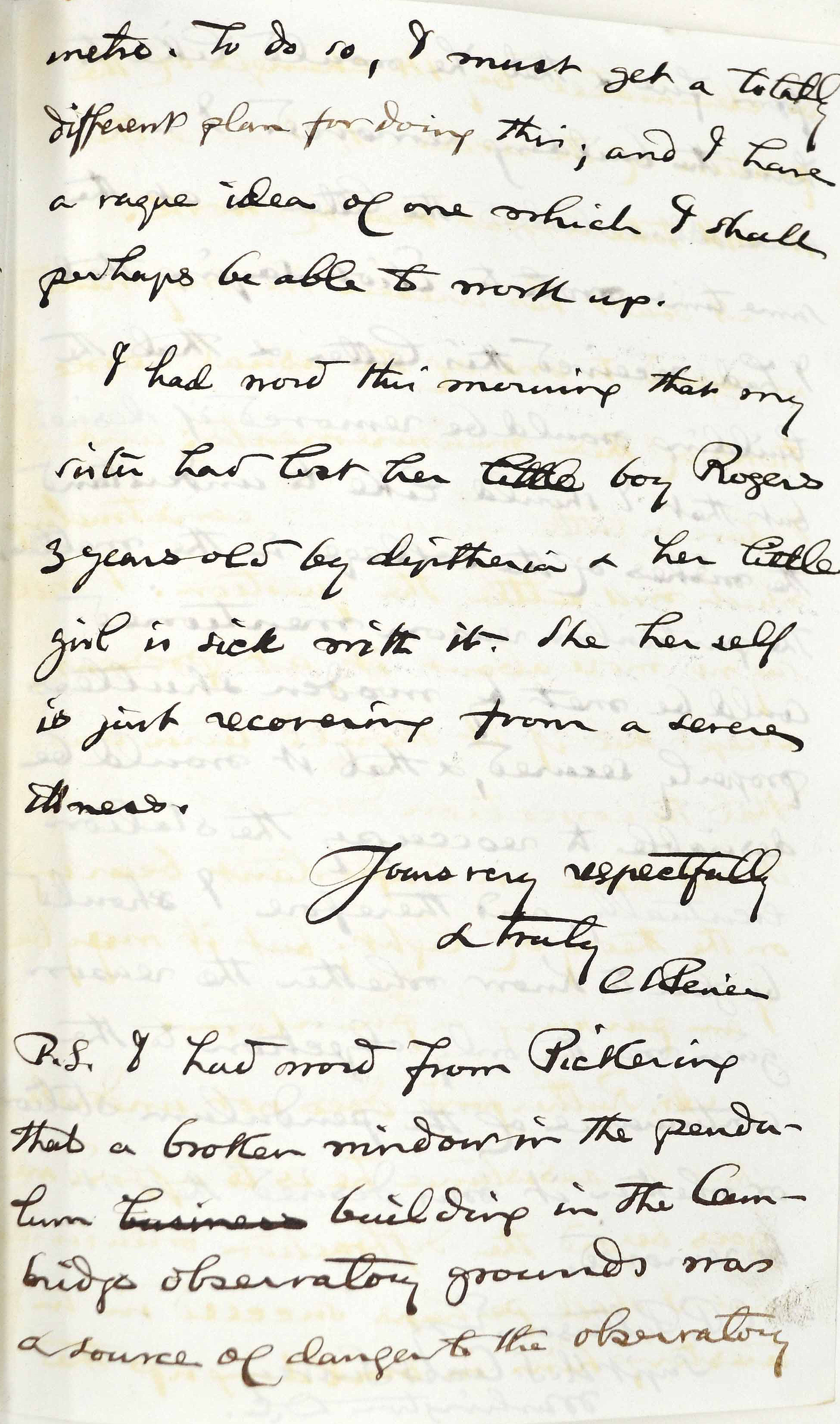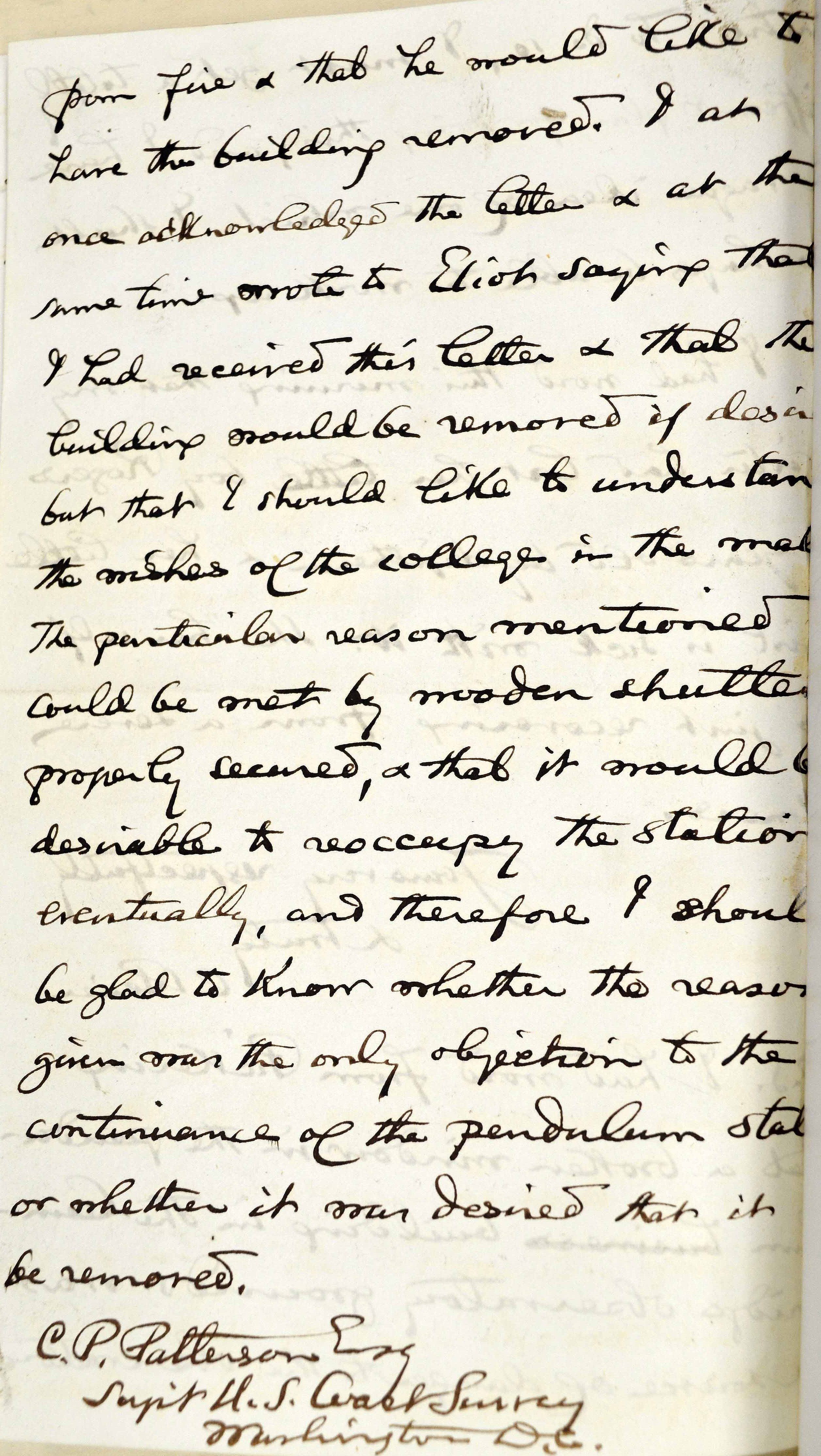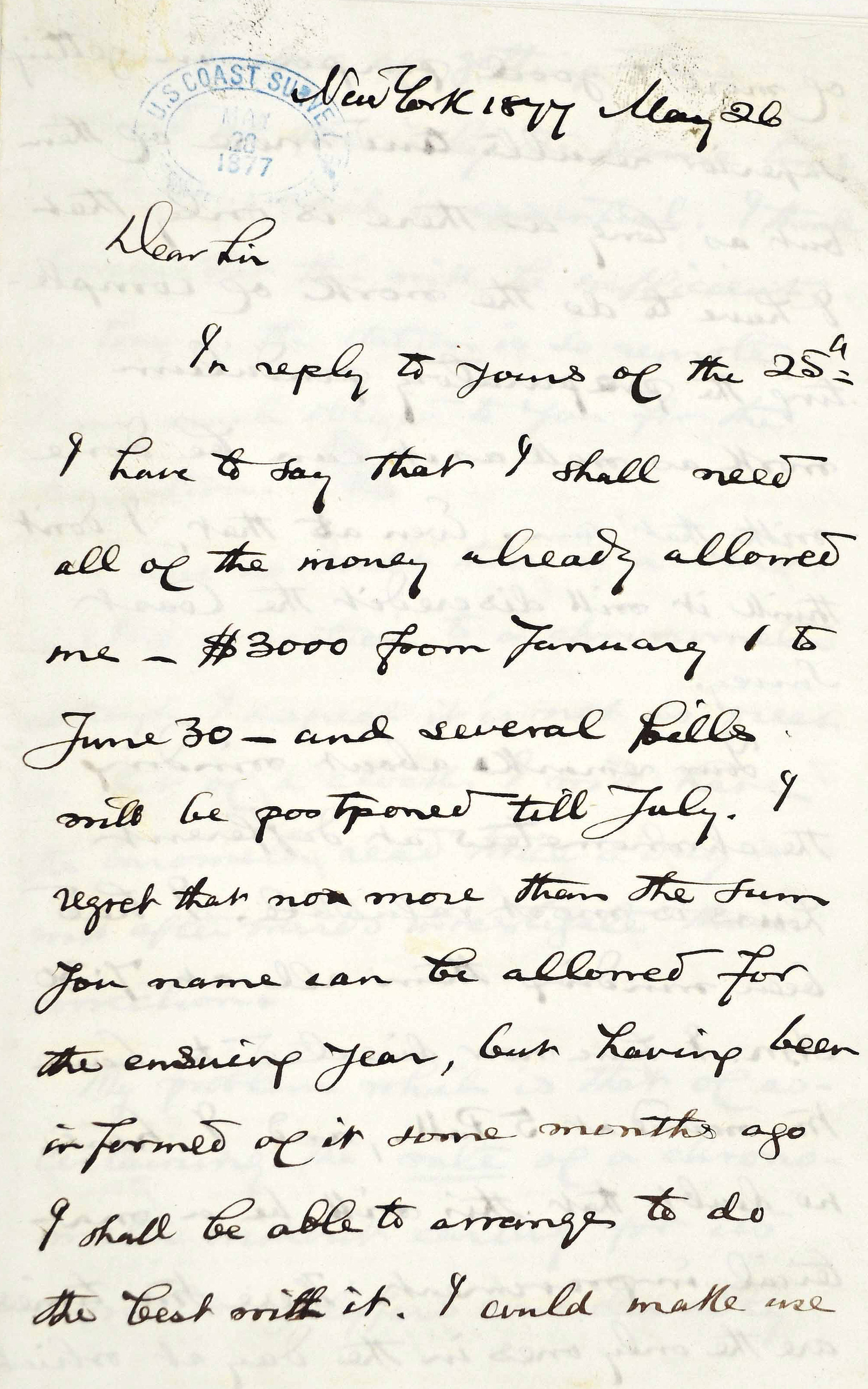
New York, 1877 May 26
Dear Sir,
In reply to yours of the 25th I have to say that I shall need all of the money already allowed me -$ 3000 from January 1 to June 30- and several bills will be postponed till July. I regret that no more than the sum you name can be allowed for the ensuing year, but having been informed of it some months ago I shall be able to arrange to do the best with it. I could make use
